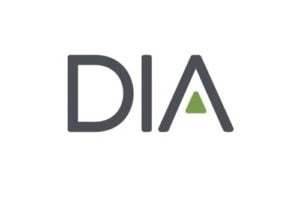Writing in the April edition of DIA’s Global Forum magazine, Dhiraj Behl, Janine Jamieson, and Harikesh Kalonia highlight some of the regulatory challenges for drug-device combination products in APAC, including the lack of an international body dedicated to harmonisation in this field.
In the current innovation era and in the wake of COVID-19, two topics of rising importance for enabling patient access to newer treatment modalities are regulatory harmonization and drug-device combination products.
For patients and healthcare systems globally, there are enormous potential benefits of drug delivery devices designed for:
- Improved targeting of treatments,
- Enabling home treatment, and
- Realizing the potential for digital technologies to optimize and monitor clinical outcomes.
Innovative, integrated delivery devices are useful for vaccines as well as treatments required for cancer, heart disease, multiple sclerosis and many more serious and chronic diseases. Drug-device combination product types include the classic prefilled syringes and pens, auto-injectors, metered-dose inhalers, dry powder inhalers, and increasingly the inclusion of connected software. However, regulation of these products is complex.
Combination products (CP) such as these are governed by two or more different sets of regulations, based on their components and primary mode of action. This can lead to challenges for regulatory authorities to agree on product review jurisdiction and also how to streamline the drug and device requirements according to philosophy, documentation, and timelines.
Even within a single jurisdiction and regulatory agency things can get difficult. In the US, the Office of Combination Products (OCP) was set up in 2002 and has been active in producing regulations, guidance, training, and participating in external outreach activities. OCP team members participate in conferences to share their learning and their facilitation role for dealing with external queries and internal training, communication and coordination across divisions.
Moreover, around the world, convergence of regulations is handled in different ways and classifications are subject to different interpretations. Due to globalization, diversification of products, and the rising use of digital technologies in healthcare, challenges for both regulators and industry are set to increase.
While the International Council on Harmonization (ICH) has made great strides in the alignment of drug regulations over the past thirty years, and the International Medical Devices Regulators Forum (IMDRF) aspires to harmonize global medical device requirements, there is currently no international body to specifically address the additional complexities of trying to bring the two worlds of drug and device regulation together. The International Coalition of Medicines Regulatory Authorities (ICMRA) has recognized the challenges and opportunities at the interface of medicinal products and medical devices, but it may be the case that a completely new body, comprizing people with direct experience of combination products, could be the best solution for the future.
Harmonization Efforts in Asia-Pacific
In Asia-Pacific, CP regulations are relatively recent, and specific regulations exist in certain markets only.In addition, across the region there are:
- Differences in clinical practice,
- No specific regulatory submission formats,
- Unclear submission processes, determined by the Primary Mode of Action (PMOA), and
- No lifecycle-management guidances.
To read the full article, visit the DIA Global Forum’s website here



